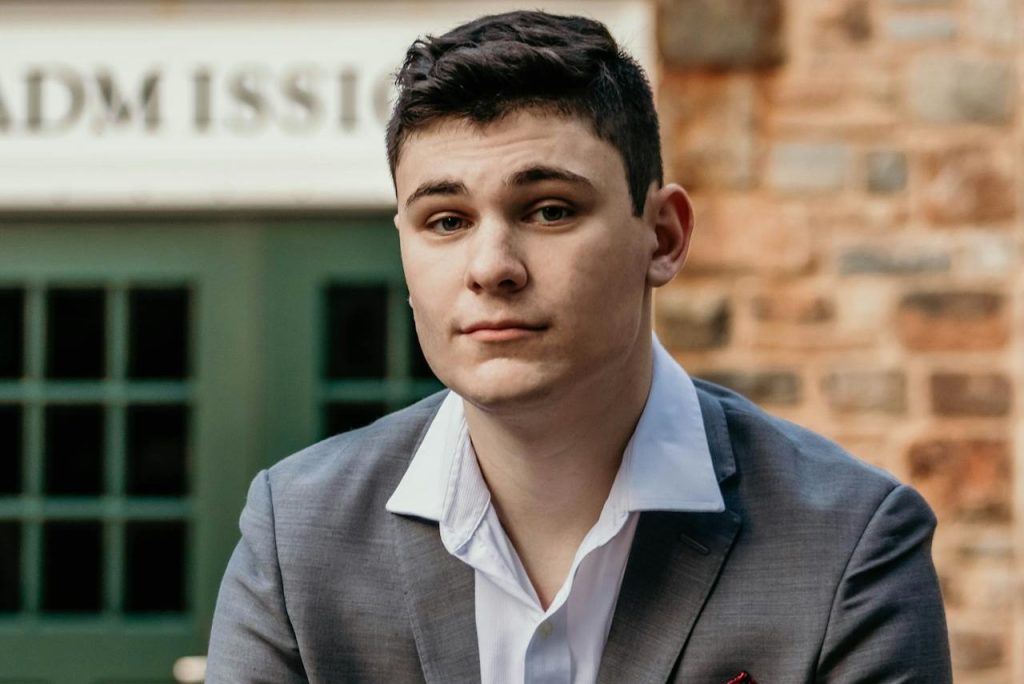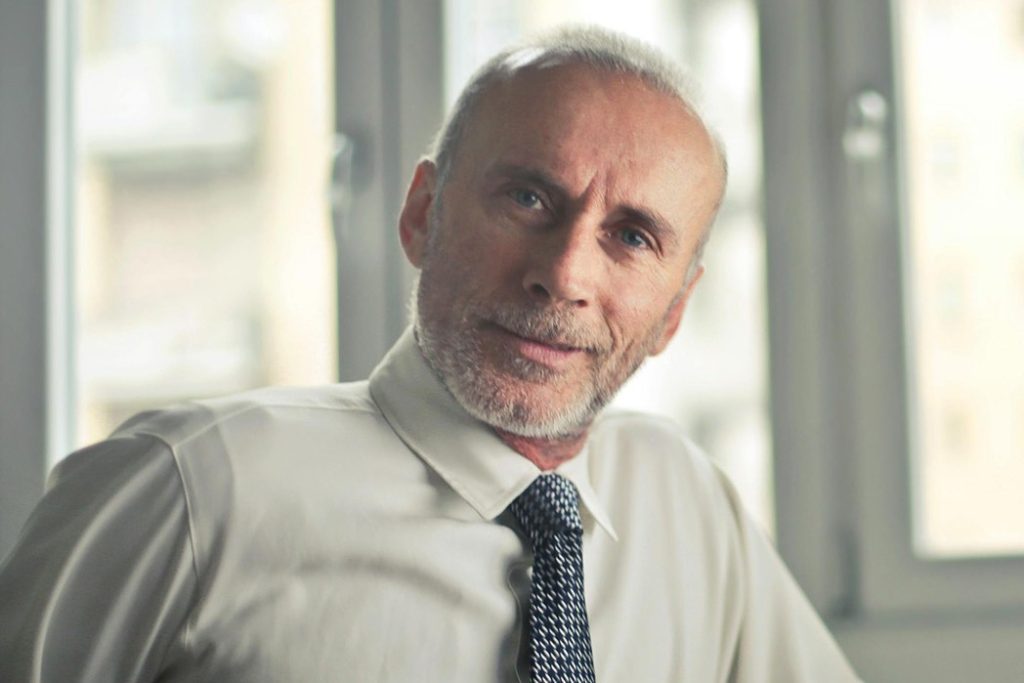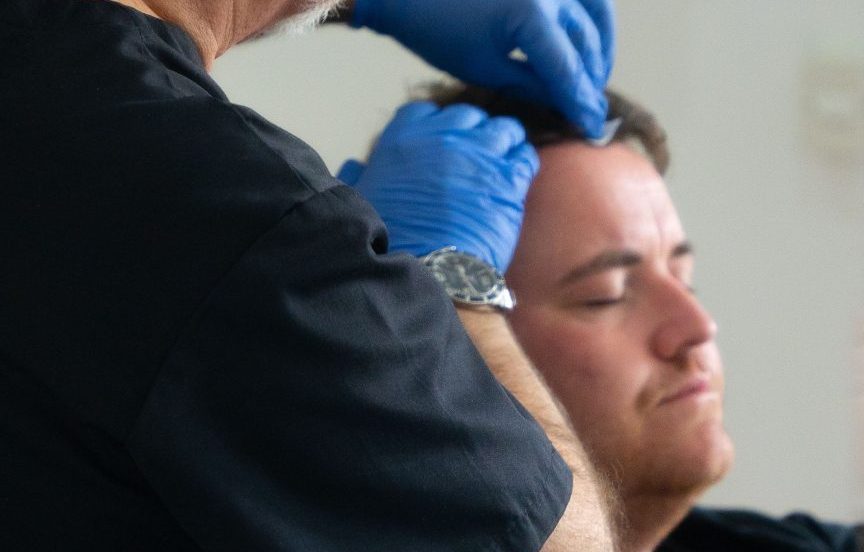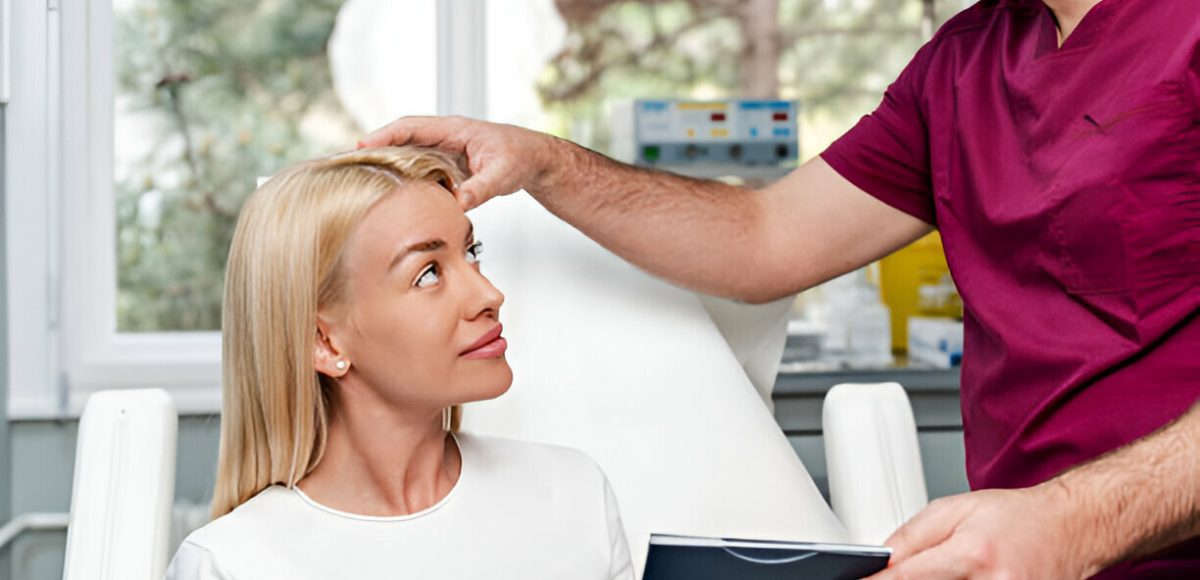
Best Age to Undergo a Hair Transplant – When Is the Right Time?

Best Age to Undergo a Hair Transplant – When Is the Right Time?
Boost Growth, Enhance Healing
Wondering about the best age for a hair transplant? Learn why waiting until your mid-20s or later can lead to better, more lasting results.
Early 20s
While early intervention seems tempting, unpredictable hair loss patterns may lead to multiple procedures over time.
30s and 40s
In your thirties and forties, hair loss patterns have stabilized, making it the ideal time for a transplant
50s and above
With a fully developed hair loss pattern and clear expectations, those in their fifties and beyond can make informed choices.
Finding the Right Age for a Hair Transplant: Key Factors & Considerations
When is the best age for a hair transplant? While age plays a significant role in determining candidacy, the best time for a hair transplant depends on the individual’s hair loss pattern, overall health, and expectations. Millions of people around the world suffer from hair loss, which frequently results in a loss of confidence and self-esteem. Knowing the best age for a hair transplant can help ensure optimal, long-lasting results.
This article will examine the optimal age for hair transplantation and dissect the critical elements that affect outcomes for different age groups. Understanding the ins and outs of hair transplantation can make all the difference, whether you’re in your twenties and struggling with hair loss or getting close to old age and seeking strategies to restore your confidence.
Understanding the Ideal Age
Finding the ideal age for a hair transplant is essential for optimising
the procedure’s efficacy and guaranteeing long-lasting, natural-looking outcomes.
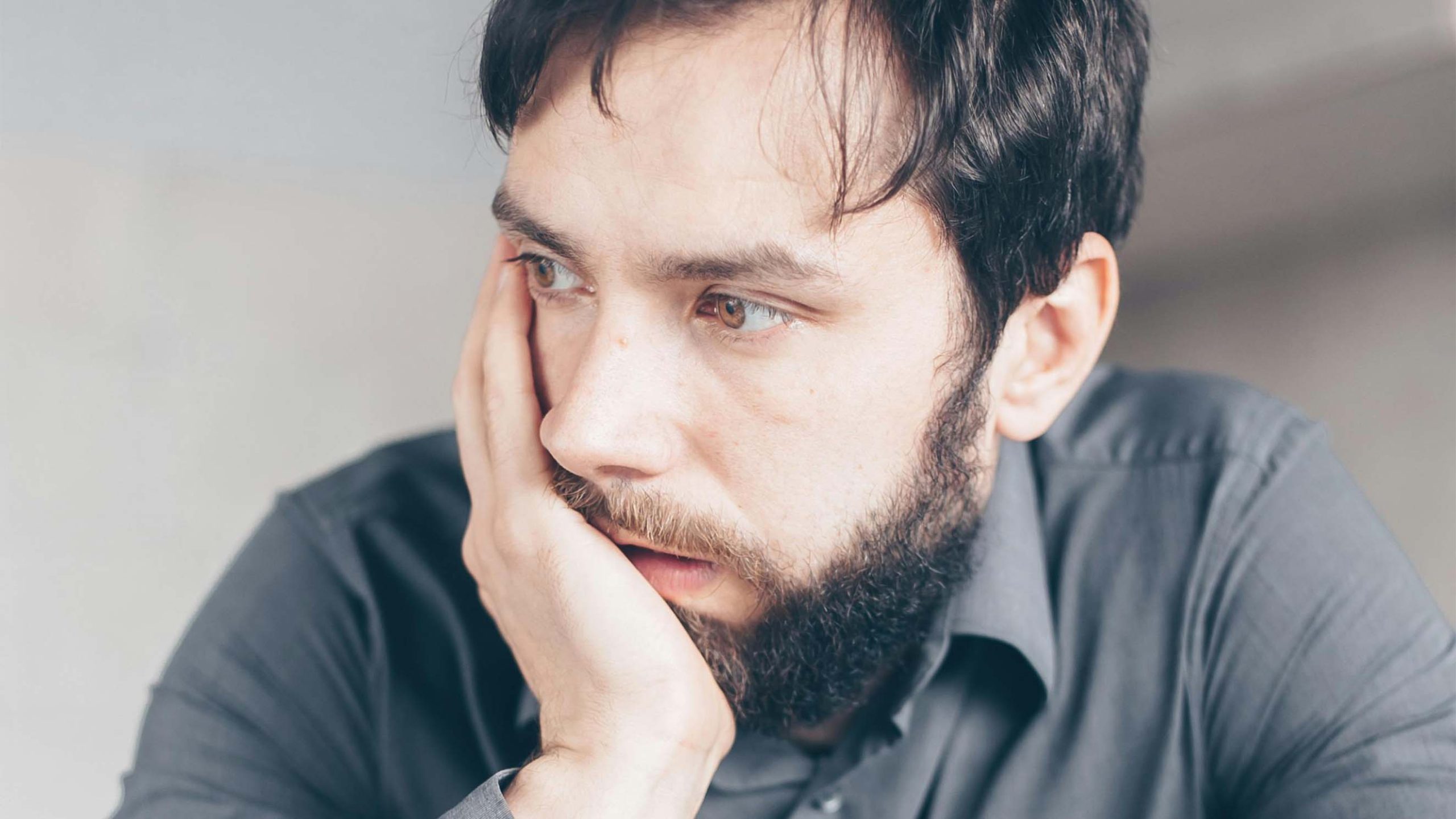

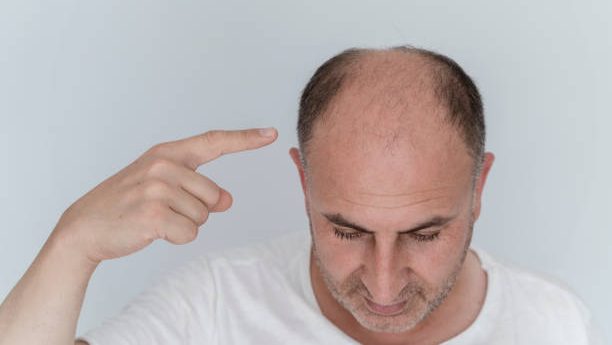
The Importance of Hair Loss Stability
Hair loss stability is one of the primary concerns in determining the best age for a hair transplant. If hair loss is still progressing and persisting, undergoing a transplant too soon can result in an unnatural look as native hair continues to fall out while transplanted hair remains intact. This could lead to a patchy appearance over time.
Most hair transplant surgeons recommend waiting until hair loss has stabilised, which typically occurs in the late 20s or early 30s. This allows the doctor to assess the full extent of hair thinning and design a treatment plan that complements natural hair growth patterns.
The Role of Genetics in Determining the Right Age
Genetics play a vital function in hair loss, influencing both the rate and pattern of thinning. If male pattern baldness runs in your family, it’s crucial to monitor early signs and consult a specialist before considering a transplant. Those with a strong genetic predisposition to severe baldness may need to wait longer before undergoing the procedure to ensure that their donor’s hair is used effectively.
The Psychological Effects of Hair Loss at Different Ages
Hair loss affects individuals differently based on age and personal confidence levels. Young individuals in their early 20s may struggle with self-esteem issues and feel pressured to seek a quick solution. However, rushing into a transplant at this stage may not be advisable. On the other hand, individuals in their 30s and 40s may have more realistic expectations and a more stable hair loss pattern, making them better candidates for the procedure.
The experience and success rate of hair transplants vary across different age groups. Understanding what to expect at various stages can help determine the right time for the procedure.
Hair Transplants in Different Age Groups – What to Expect
The experience and success rate of hair transplants vary across different age groups. Understanding what to expect at various stages can help determine the right time for the procedure.
Hair Transplants in Your 20s – Is It Too Soon?
Many young men begin experiencing hair loss in their early 20s, leading them to seek permanent solutions. However, getting a hair transplant at this age comes with risks. Since hair loss patterns are not fully established, transplanted hair may remain in place while surrounding hair is thin, leading to an unnatural appearance.
Instead of rushing into a transplant, doctors often recommend non-surgical treatments such as minoxidil, finasteride, or platelet-rich plasma (PRP) therapy to slow down hair loss. These treatments can help stabilise hair loss until a transplant becomes a more viable option.

Hair Transplants in Your 40s and Beyond – A Safe Choice?
However, older patients may experience slightly longer recovery times and need additional treatments to maintain their results. A consultation with a qualified and experienced doctor can help assess the feasibility and expected outcomes for those considering a hair transplant later in life.
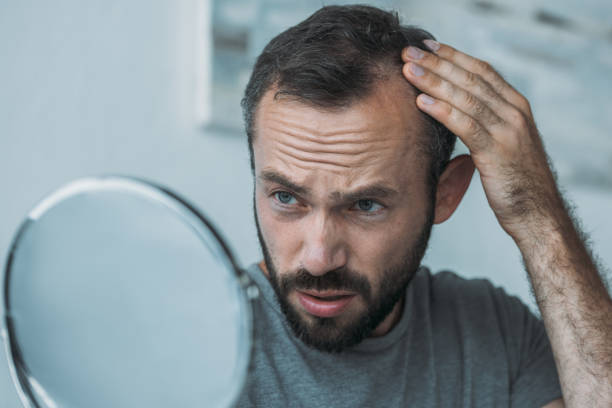
Does Age Affect Hair Transplant Success?
While age itself is not a determining factor in the success of a hair transplant, the stability of hair loss and the quality of the donor area play a crucial role. Younger patients must be cautious, while older individuals should ensure they have healthy donor hair to support a successful procedure.
Factors Affecting the Ideal Hair Transplant Age
While age is a significant factor, the following other criteria are also vital in establishing the ideal age for hair transplantation:
1 . The Extent of the Hair Loss and Norwood Scale
The degree of hair loss is a crucial consideration when evaluating a candidate. The Norwood Scale is frequently used to determine the stage of male pattern baldness in men, whereas the Ludwig Scale is used for women. Patients in Norwood stages 3-5 are often ideal candidates for hair transplants, as their hair loss is significant but not too advanced to impact donor hair availability. These instruments assist surgeons in determining the degree of hair loss and adjusting their surgical strategy accordingly.
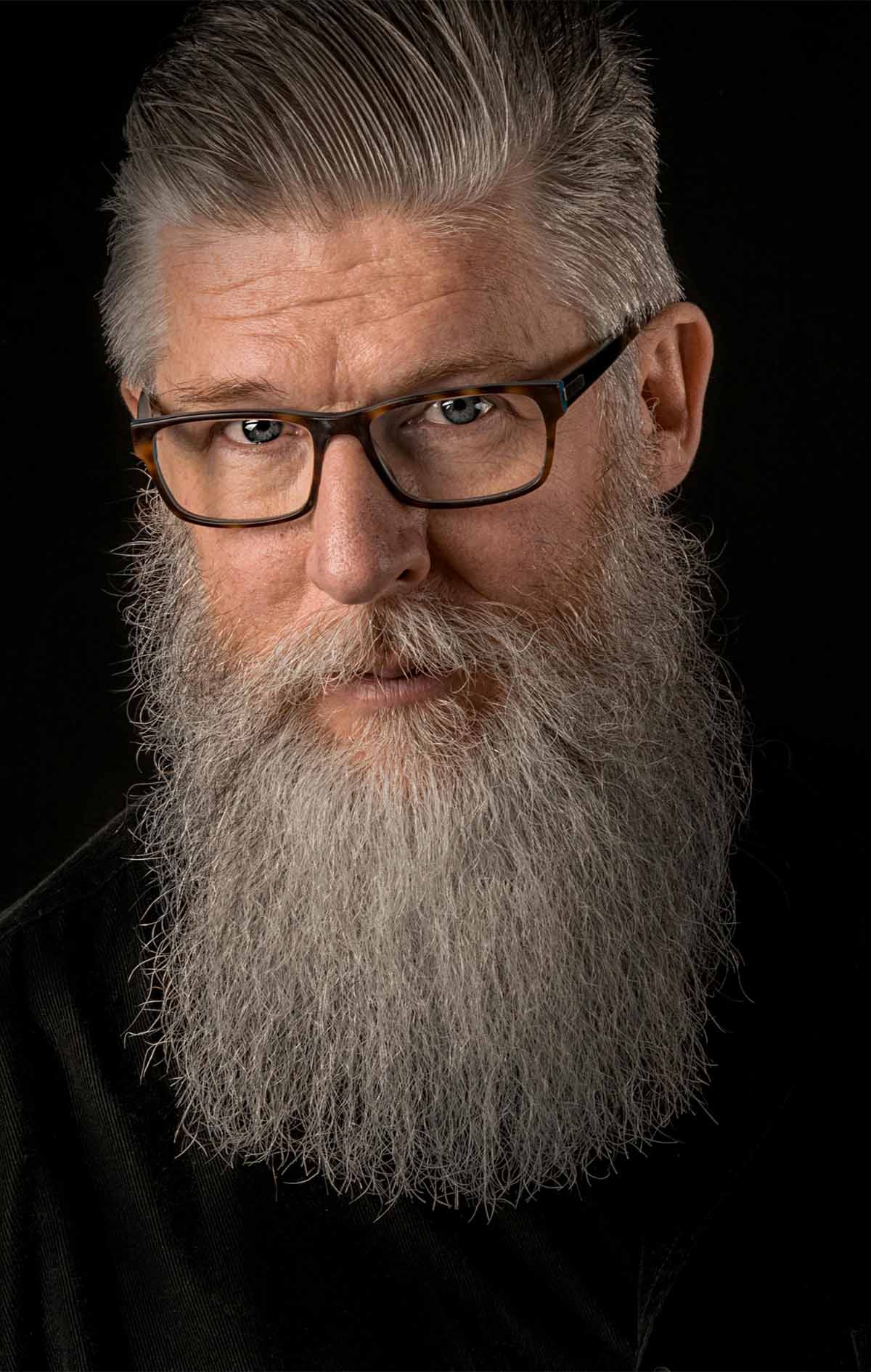
2 . Hair Loss Stability
The best results from hair transplants occur once hair loss has stabilised. If hair loss still occurs, the surrounding hair may continue to decrease, making the transplanted hair appear unnatural. Future procedures may be required as a result of this. It may be recommended that patients with unstable hair loss wait for surgery or use medication to stabilise the problem. A natural and long-lasting result is guaranteed when you wait until the ideal age for a hair transplant.
3 . Overall Healthy
Overall health is crucial for a hair transplant to be effective. Autoimmune disorders, diabetes, and high blood pressure are among the conditions that might hinder recovery and raise the risk of complications. The patient must undergo a comprehensive medical evaluation to be deemed a good candidate for the treatment.
4 . Donor Hair Availability
The availability of healthy donor hair is important to a hair transplant’s success. Since donor hair is more resistant to balding, it is usually taken from the sides or rear of the scalp. Patients who have little donor hair may need to change their expectations or consider other options.
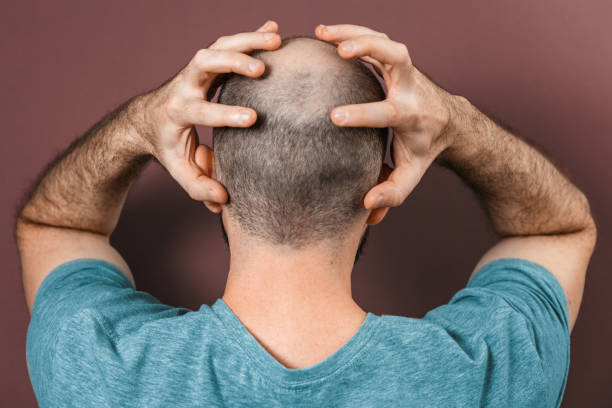
5 . Realistic Expectations
Although a hair transplant can greatly increase hair density and appearance, it may not fully repair the hairline to its natural state, so patients should have reasonable expectations about the procedure’s results. Speaking with a skilled surgeon can help patients set reasonable expectations and guarantee they are satisfied with the final product.
Hair Transplants in Different Age Groups – What to Expect
The ideal age for a hair transplant is not universally applicable, but each period of life has its pros and disadvantages.
In the early 20s
People in their early twenties may be enticed by the prospect of preventing hair loss and reaping the benefits for a long time. However, this enthusiasm has its own set of difficulties. Given the unpredictability of future hair loss trends at this age, several operations may be required over time.
30s and 40s
For many people thinking about hair transplants, the thirties and forties are a sweet spot. By this point, people have a more mature understanding of their long-term aesthetic objectives, and hair loss patterns have largely stabilised. A minor decrease in donor hair density is the primary obstacle at this point, but for many, the advantages outweigh this worry.
50s and above
For people in their fifties and older, choosing to have a hair transplant is significant. These people have the advantage of a fully developed pattern of hair loss and reasonable expectations derived from years of experience. However, they might encounter difficulties, such as a possible reduction in total hair density and the likelihood of a protracted recuperation period.
Alternative Solutions for Hair Loss Before Considering a Transplant
Before undergoing surgery, exploring alternative hair restoration treatments can be beneficial. These choices can help slow down hair loss and improve overall hair health.
FDA-Approved Medications
Minoxidil & Finasteride

Minoxidil (Rogaine) and finasteride (Propecia) are two FDA-approved treatments for hair loss. They can help preserve existing hair and may even promote new growth, delaying the need for a transplant.
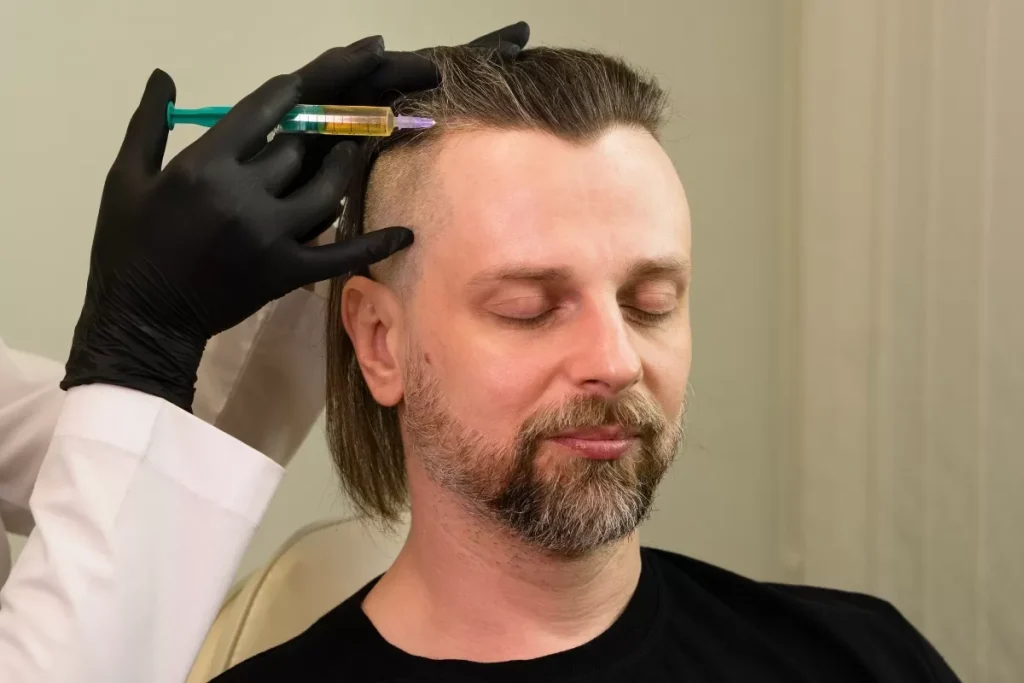
PRP Therapy and Other Non-Surgical Options
Platelet-rich plasma (PRP) therapy is a popular non-surgical treatment that uses the patient’s blood plasma to stimulate hair growth. Low-level laser therapy (LLLT) is another option that can help strengthen hair follicles.
Lifestyle Changes to Improve Hair Health
A balanced diet, proper scalp care, and stress management can significantly impact hair health. Nutrient-rich foods like biotin, omega-3 fatty acids, and vitamins D and E can promote stronger, healthier hair.

Common Concerns About the Best Age for a Hair Transplant
Which questions run through most people’s minds
when they are about to choose the best age for a hair transplant?
Most surgeons advise against transplants at a young age due to unpredictable hair loss patterns.
There is no strict age limit, but older patients must have a healthy donor area and realistic expectations.
Premature transplants can lead to an unnatural appearance if hair loss progresses after the procedure.
Still have A question?
Taking the step toward hair restoration is a big decision, and it’s natural to have concerns. Whether you’re curious about the procedure, recovery, or expected results, we’re here to provide clear, professional guidance tailored to your needs.
Conclusion: Find the Right Age for Your Hair Transplant with Merchant City Medical Group
Deciding on the best age for a hair transplant is a personal journey influenced by factors like hair loss progression, scalp health, and long-term goals. Whether you’re in your early 20s or considering a procedure later in life, the key is consulting with experts who understand your unique needs.
At Merchant City Medical Group, we specialise in FUE hair transplants that deliver natural, long-lasting results. Our experienced team is here to guide you through every step, ensuring you make the best decision for your hair restoration journey.
Book your free consultation today and take the first step toward a fuller, more confident you!


